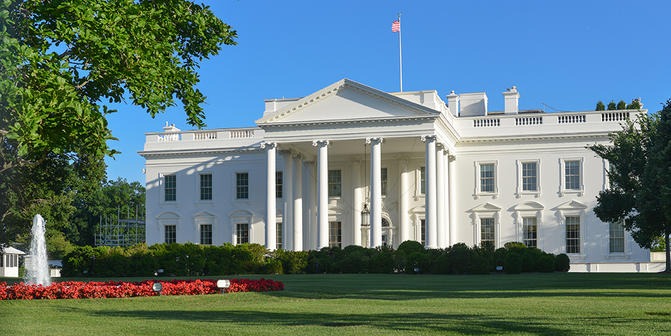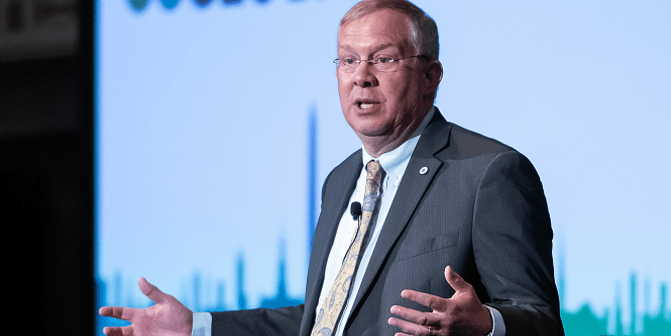My journey to COP27: looking back to look forward
Let's Save Energy
Alliance to Save Energy's Blog
My journey to COP27: looking back to look forward

I’m proud to be attending COP27 in Sharm El Sheikh, Egypt this month as part of the Alliance to Save Energy and Business Council for Sustainable Energy led delegation. The location of this year’s COP is particularly meaningful to me since my work in the energy efficiency and climate space started over two decades ago in Cairo where I lived and worked for Nexant (Bechtel) as part of a United States Agency for International Development (USAID) project. I worked with tremendous people, both Nexant colleagues and local government counterparts, to develop and implement programs and policies to accelerate energy efficiency projects in the industrial, manufacturing, and tourism sectors.
The five main barriers we faced at that time were low awareness of the true benefits of energy efficiency, subsidized energy prices, resistance of building owners and energy-end users to undertake energy efficiency projects due to other competing, core business needs, lack of financing solutions and limited availability of technical services.
Although a lot has changed since I lived in Egypt, including dizzying advances in sustainable energy technology and a more broad-based understanding of the connection between unabated energy use and climate change, we still have work to do on the five main barriers to energy efficiency adoption. And, by we, I mean in the U.S. and globally.
As I gear up for the upcoming COP27 and what needs to be accomplished, my focus will be on the following three areas:
- Achieving 2030 emissions reduction targets. At COP26, the Glasgow Climate Pact recognized the need for near-term action and called for a drop in global GHG emissions of 45% by 2030. However, little progress has been made on this front. Ongoing aftershocks of COVID, supply-chain issues, inflation, and the war in Ukraine are all clear and present threats that require attention and resources and divert our collective energy from the goals set in Glasgow. Recent United Nations Environment Program (UNEP) analysis lay this bare: updated targets announced by countries this year would shave less than 1% off of projected 2030 emissions, much less than the 45% committed at COP26 to keep global warming below 1.5 degrees Celsius. The success of COP27 will ultimately be judged by the progress that is made over the next two to three years which result in tangible actions by governments (and businesses) to reduce GHG emissions by 2030.
- Putting energy efficiency first. Energy efficiency is the quickest and cheapest route to GHG reduction. It also is often the most overlooked. This is despite analysis by ACEEE showing that energy efficiency alone can save more than 50% of energy use and GHG emissions in the United States, which would get the country halfway to our national climate goals. To truly move at speed and scale, businesses and governments must first address what is in plain sight and upgrade the efficiency of the built environment. Ceres spells this out clearly in their Roadmap 2030, which highlights the importance of reducing consumption first, through energy efficiency, and mitigating second, via offsets.
- Increasing third-party, private financing and investment. Net zero simply cannot be accomplished without an enormous influx of private sector investment. According to the IEA, annual investments in sustainable energy need to more than triple to $4 trillion by 2030. Close to 70% will be driven by private sector investment – corporations and investors. Building efficiency retrofits and other sustainable energy upgrades all require significant upfront capital investment. Part of this needed capital can flow from Energy-as-a-Service (EaaS) providers, and other third-party financing solutions, that can serve as a financial bridge to getting projects funded that might otherwise get pushed out, or not done at all. More broadly, a key focus at COP27 will be on how to bring climate finance solutions to developing countries. This includes following through on past commitments made at previous COPs.
I’ve learned patience in the pursuit and development of energy efficiency projects. Project development times can be long, and the pace of adoption is often slower than what I’d like; but patience is a luxury we no longer have in the fight to mitigate climate change. COP27 needs to be laser focused on near-term, results-oriented actions that dramatically reduce GHG emissions. The pressure is on and I, for one, think this host country can handle it.
STAY EMPOWERED
Help the Alliance advocate for policies to use energy more efficiently – supporting job creation, reduced emissions, and lower costs. Contact your member of Congress.
Energy efficiency is smart, nonpartisan, and practical. So are we. Our strength comes from an unparalleled group of Alliance Associates working collaboratively under the Alliance umbrella to pave the way for energy efficiency gains.
The power of efficiency is in your hands. Supporting the Alliance means supporting a vision for using energy more productively to achieve economic growth, a cleaner environment, and greater energy security, affordability, and reliability.



